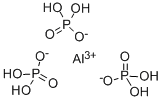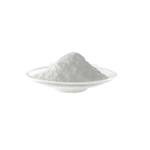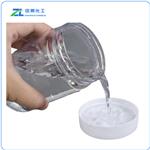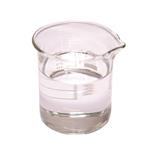Description
Aluminum dihydrogen phosphate (ADP) is a thermosetting material whose cementation mechanism belongs to condensation polymerization. Compared with pure Al foam, composite foam with ADP undergoing sintering shows an increase in compressive yield strength and compressive strength, elevates the plateau stress, and exhibits a superior energy absorption capacity. Nevertheless, the length of the plateau region has been shortened by degree as the ADP content is more than 7.5 mass%[1].
ADP is used to produce refractory materials due to its unique properties. When mixed with alumina or aluminum hydroxide, ADP reacts to form a strong, ceramic-like material that is highly resistant to heat and wear. This material is known as aluminum phosphate cement (APC) or phosphate-bonded alumina. One of the most common applications of APC is in the lining of furnaces and kilns. The material can withstand temperatures up to 1700°C, making it suitable for high-temperature industrial processes such as metal smelting and glass production. APC is also used to produce refractory bricks, which line the walls of furnaces and kilns.
Uses
Aluminum dihydrogen phosphate is used as intermediates and solid separation agents. It is also used in petroleum, chemical industry, shipbuilding, space technology, electric industry, high-temperature kilns, heat treatment resistance furnaces and electric insulation. Further, it is used as inorganic coating.




